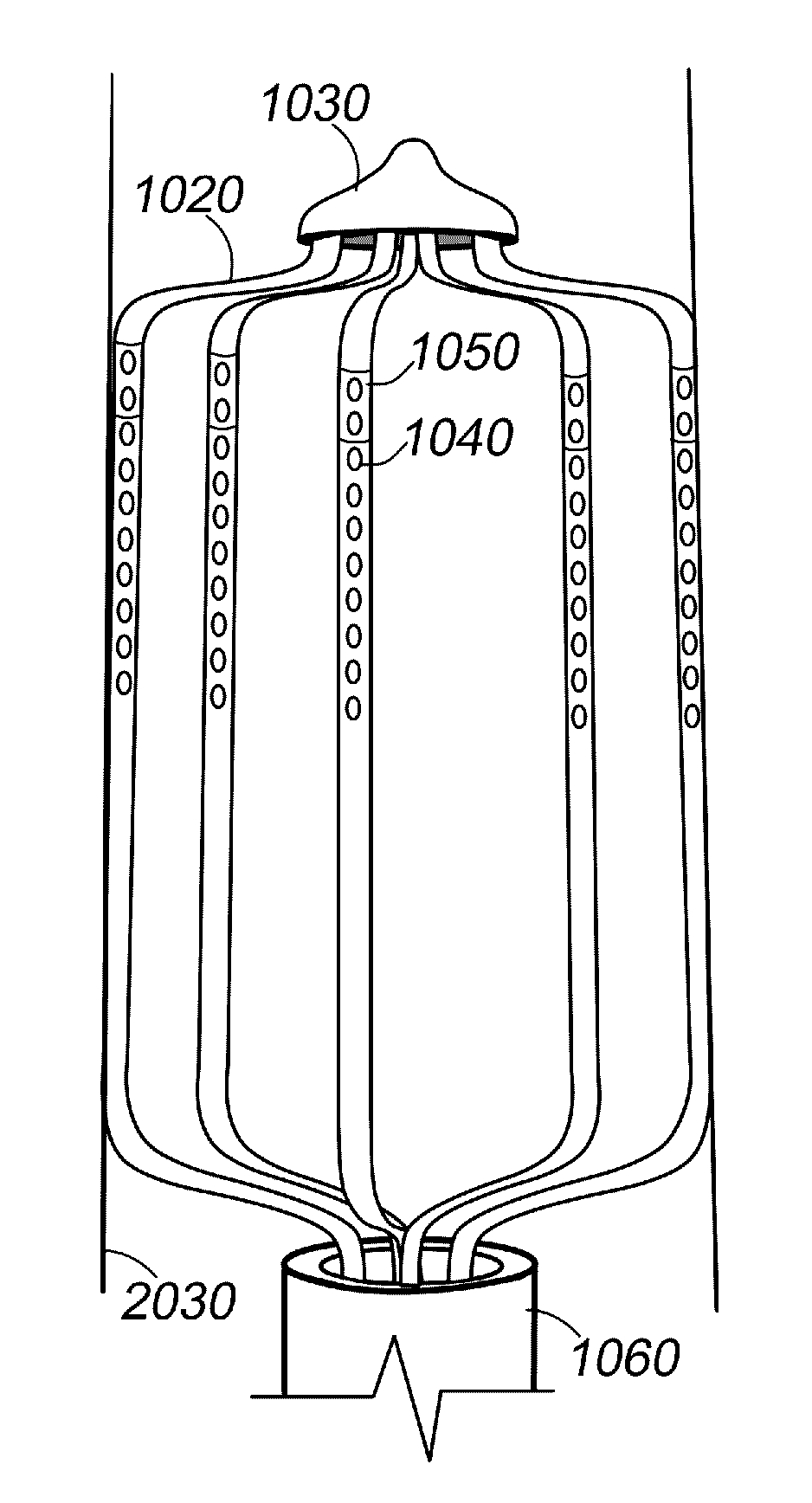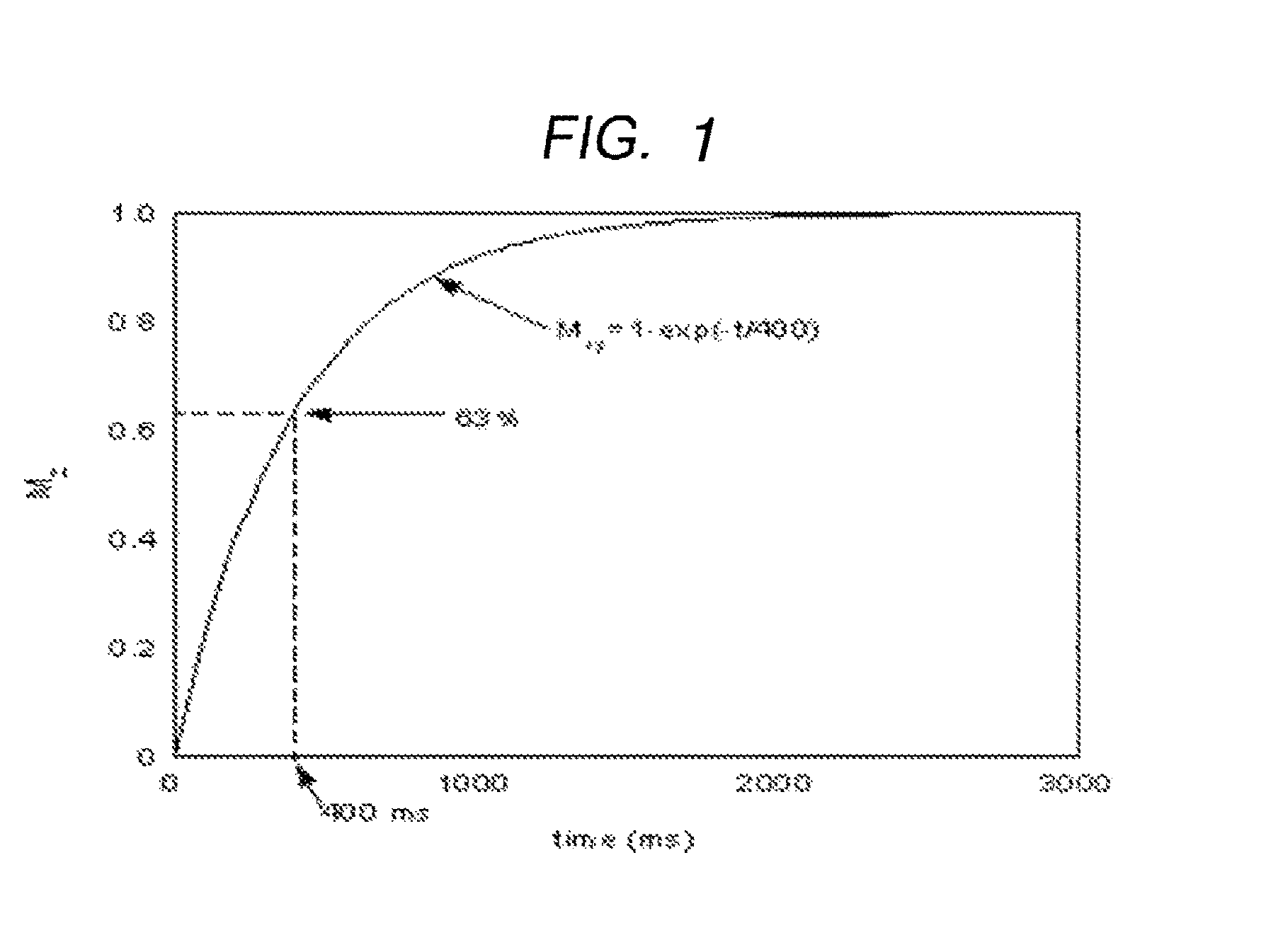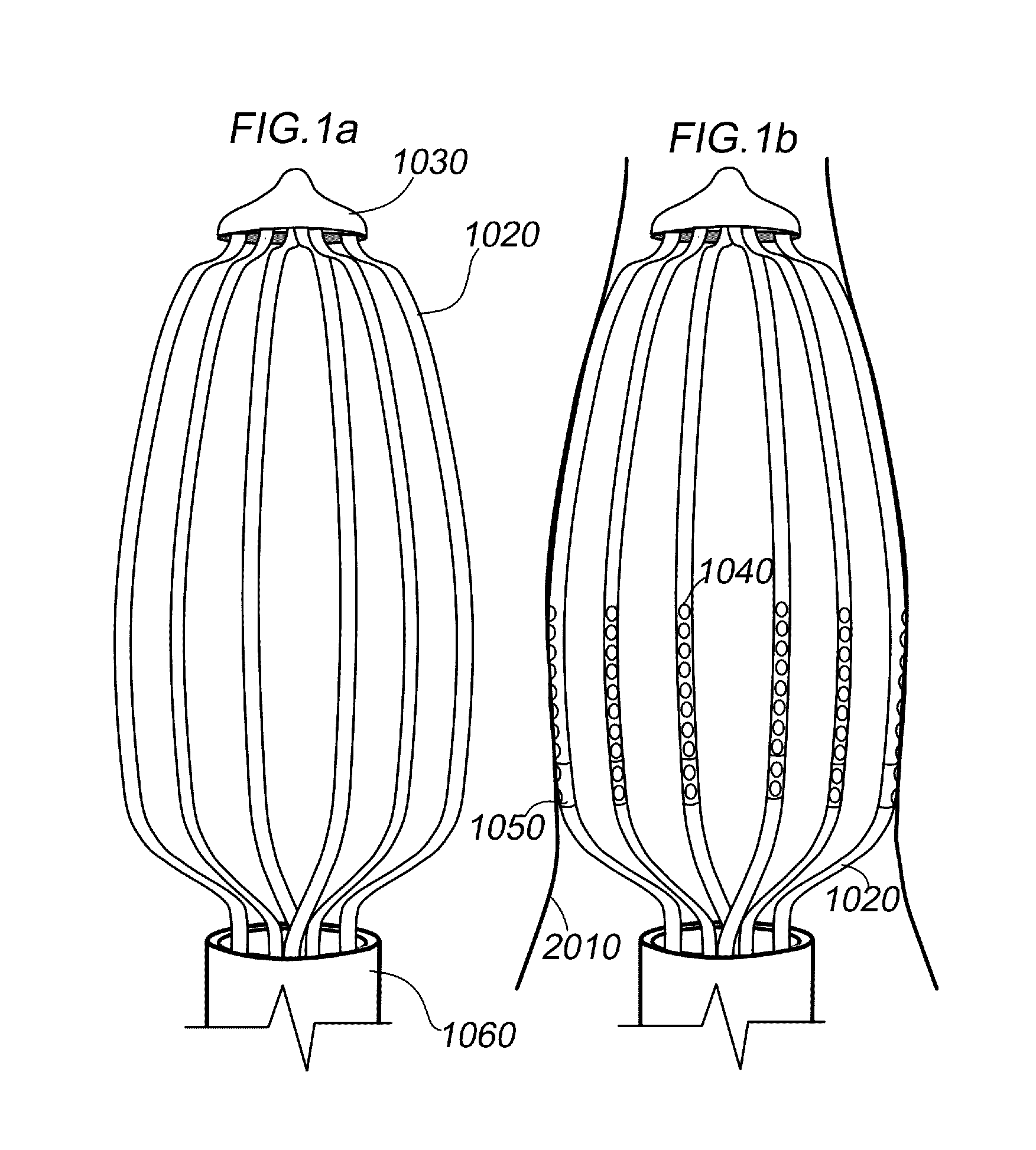Apparatus and method for assessing tissue composition
a tissue composition and monitoring apparatus technology, applied in the field of tissue composition monitoring apparatus, can solve the problems of even ultrasound images, difficult to quantify optical sensing data in a beating heart, and significant errors in spectrophotometer readings
- Summary
- Abstract
- Description
- Claims
- Application Information
AI Technical Summary
Benefits of technology
Problems solved by technology
Method used
Image
Examples
Embodiment Construction
Reference Listing
[0047]1000 catheter[0048]1010 optical sensor[0049]1020 spline / arm[0050]1024 photon path[0051]1025 optic fiber[0052]1027 receiving fiber[0053]1028 illuminating fiber[0054]1029 mirror[0055]1030 cap[0056]1040 aperture[0057]1050 electrode[0058]1051 wire to electrodes[0059]1060 sheath[0060]1070 basket[0061]1080 MEMS gyroscope[0062]2000 pulmonary vein[0063]2010 opening pulmonary vein[0064]2020 renal artery[0065]2030 opening renal artery[0066]3000 ablated tissue
[0067]The present invention includes a catheter including optical sensors for generating optical sensing data that are indicative of the optical property of the tissue. FIG. 1 shows a preferred embodiment according to the present invention for determining the properties of a tissue. The distal end of catheter 1000 expands into a basket 1070 configuration with a plurality of arms or splines 1020.
[0068]By way of non-limiting examples shown in FIG. 4, the basket can have a plurality of shapes. In a preferred embodiment...
PUM
 Login to View More
Login to View More Abstract
Description
Claims
Application Information
 Login to View More
Login to View More - R&D
- Intellectual Property
- Life Sciences
- Materials
- Tech Scout
- Unparalleled Data Quality
- Higher Quality Content
- 60% Fewer Hallucinations
Browse by: Latest US Patents, China's latest patents, Technical Efficacy Thesaurus, Application Domain, Technology Topic, Popular Technical Reports.
© 2025 PatSnap. All rights reserved.Legal|Privacy policy|Modern Slavery Act Transparency Statement|Sitemap|About US| Contact US: help@patsnap.com



